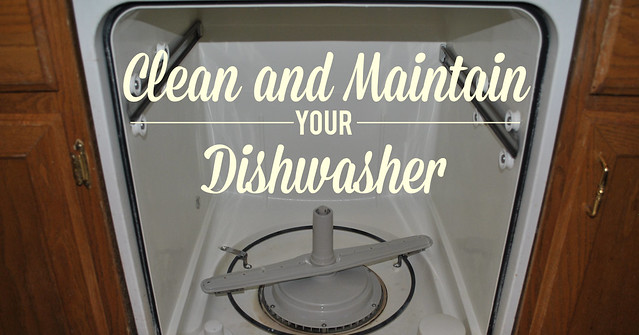
Maintaining a well-functioning dishwasher is essential for keeping your kitchen running smoothly. In this ultimate guide, we will show you the step-by-step process of cleaning and maintaining your dishwasher’s float switch. The float switch plays a crucial role in ensuring that the water level in your dishwasher is regulated correctly, preventing any potential flooding or water damage. By following our expert tips and tricks, you can keep your dishwasher running efficiently and avoid any unexpected repairs or replacements.
The Ultimate Guide to Cleaning and Maintaining a Dishwasher’s Float Switch

This image is property of homedecorbliss.com.
1. Understanding the Dishwasher’s Float Switch
Dishwasher float switch: What is it?
The dishwasher’s float switch is a small but crucial component of your dishwasher. It is responsible for monitoring the water level inside the dishwasher. The float switch is usually located at the bottom of the dishwasher, near the front or side. It consists of a float, which is a small plastic or metal device that rises and falls with the water level, and a switch mechanism that triggers specific actions based on the position of the float.
Importance of the dishwasher float switch
The float switch plays a vital role in preventing water overflow and leaks in your dishwasher. It ensures that the water level remains within safe limits during the dishwashing cycle. If the float switch fails to detect the water level properly, it can lead to either insufficient water for cleaning or excessive water that can damage your kitchen floor and appliances.
How the dishwasher float switch works
When the dishwasher is turned on, water enters the dishwasher’s tub. As the water level rises, so does the float attached to the float switch. Once the water reaches a specific level, the float triggers the switch, signaling the dishwasher to stop filling with water. During the dishwashing cycle, the float continues to monitor the water level, ensuring it stays within a safe range. If the water level rises too high, the float will engage the switch, shutting off the water flow and preventing any potential damage.
2. Signs of a Dirty or Malfunctioning Float Switch
Indications of a dirty float switch
One of the main signs of dirt accumulation on the float switch is a visible buildup of grime or residue on its surface. This residue can interfere with the smooth movement of the float, causing it to get stuck or fail to engage the switch properly. Another indication of a dirty float switch is if you notice inconsistent water levels during the dishwashing cycle.
Symptoms of a malfunctioning float switch
If your dishwasher is not filling with enough water even when the float switch appears to be functioning properly, it could indicate a malfunctioning float switch. Similarly, if the dishwasher continues to fill with water even after reaching the desired level, it may be a sign that the float switch is not functioning correctly. Additionally, if you notice water leaking from your dishwasher, it could be due to an issue with the float switch.
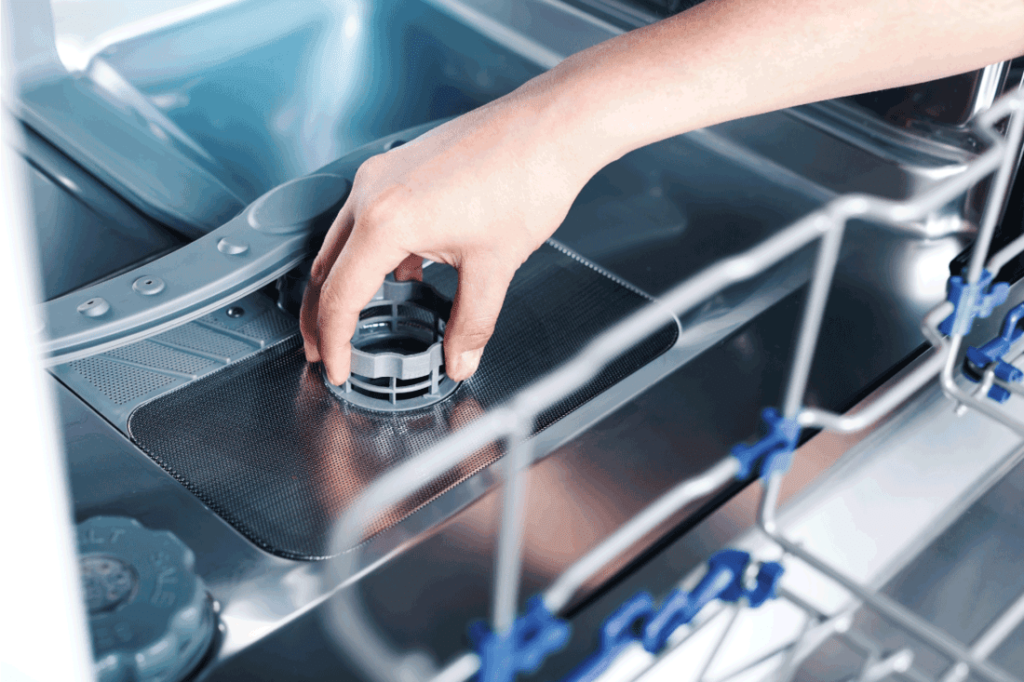
This image is property of homedecorbliss.com.
3. Tools and Materials needed for Cleaning and Maintenance
Essential tools for the job
To clean and maintain the dishwasher’s float switch, you will need a few basic tools such as a screwdriver (Phillips or flathead depending on the screws holding the switch assembly), pliers, and a soft-bristle brush to remove any dirt or residue.
Safety equipment required
When working on any appliance, it is vital to prioritize safety. Ensure that you have protective gloves to shield your hands from any potential hazards. Additionally, have a flashlight on hand to help you see the float switch assembly clearly.
Cleaning materials and solutions
To effectively clean the float switch, gather a mixture of warm water and mild dishwashing soap. Additionally, white vinegar or a vinegar solution can be useful for removing stubborn stains or limescale buildup.
4. Preparation before Cleaning and Maintaining the Float Switch
Shutting off the dishwasher
Before attempting to clean and maintain the float switch, it is crucial to turn off the dishwasher and unplug it from the power source. This ensures your safety and prevents any potential electrical mishaps.
Disconnecting from the power source
Locate the dishwasher’s power cord and unplug it from the electrical outlet. This precautionary step avoids any accidental power surges or electrocution risks during the cleaning and maintenance process.
Removing any remaining dishes or debris
To access the float switch assembly easily, remove any dishes or debris from the dishwasher’s interior. This ensures a clear workspace and prevents any obstructions that may hinder the cleaning process.
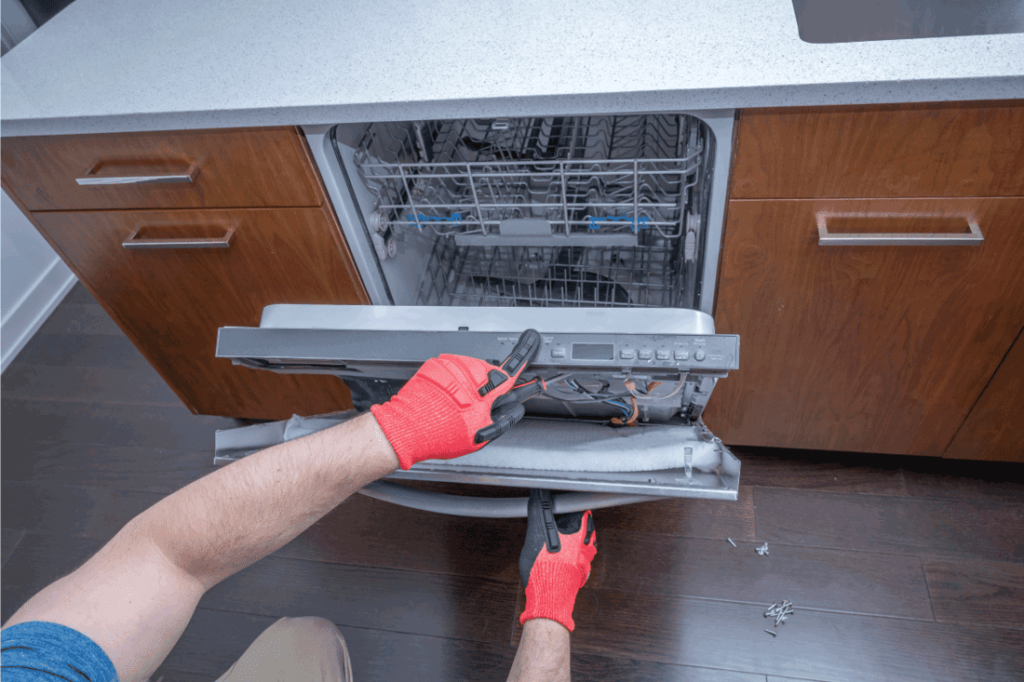
This image is property of homedecorbliss.com.
5. Cleaning the Dishwasher’s Float Switch
Locating the position of the float switch
The float switch is usually located at the front or side of the dishwasher’s interior, near the bottom. Refer to your dishwasher’s user manual if you are unsure of its exact position. Once located, identify the two components of the float switch: the float and the switch assembly.
Removing the float switch assembly
Using a screwdriver, carefully unscrew the screws holding the switch assembly in place. Gently lift the assembly out of its housing, taking care not to damage any surrounding parts or disconnect any wires.
Cleaning the float switch mechanism
Inspect the float switch mechanism for any dirt, grime, or debris. Use a soft-bristle brush, dipped in warm soapy water, to gently scrub away any buildup. Ensure that the float can move freely within its slot without any obstructions. If there is excessive buildup, you can soak the switch assembly in a mixture of warm water and vinegar to help dissolve stubborn residue.
Cleaning the float switch housing
After cleaning the switch assembly, turn your attention to the float switch housing. Wipe down the inner surface of the housing with a clean cloth or sponge soaked in warm soapy water. Pay attention to corners and crevices where dirt or residue may have accumulated. Rinse the housing with clean water to remove any soap or vinegar residue.
Reassembling the float switch assembly
Once the switch assembly and housing are both clean and dry, carefully reattach the assembly to the housing. Align the screw holes and use the screwdriver to tighten the screws securely. Ensure that the float can move freely up and down without any restrictions.
6. Testing the Float Switch after Cleaning
Resetting the dishwasher
After cleaning and reassembling the float switch, it’s important to reset the dishwasher to ensure proper functioning. Close the dishwasher door and press the cancel or reset button on the control panel. This clears any previous error codes or cycle interruptions.
Running a test cycle
With the dishwasher reset, select a short test cycle and allow it to run. Observe the water level during the cycle to ensure that it remains within the appropriate range. Listen for any unusual sounds or vibrations that may indicate a problem with the float switch.
Checking for proper float switch operation
At the end of the test cycle, open the dishwasher door and inspect the float switch. Ensure that the float has engaged the switch appropriately and that the switch responds accordingly. The switch should activate when the float is raised and deactivate when the float is lowered.
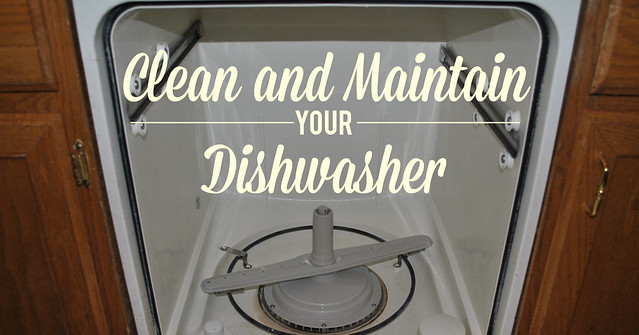
This image is property of farm6.staticflickr.com.
7. Maintaining the Dishwasher’s Float Switch
Regular inspection and cleaning schedule
To ensure optimal performance of the float switch, incorporate regular inspections into your dishwasher maintenance routine. Check for any signs of dirt, residue, or damage on the float switch assembly and housing. Regular cleaning will prevent any potential malfunctions caused by dirt buildup.
Preventing debris buildup in the float switch
To minimize the accumulation of debris on the float switch, scrape off any excess food particles from dishes before loading them into the dishwasher. Consider using a food trap or filter in the dishwasher to capture any larger particles and prevent them from clogging the float switch or other components.
Ensuring proper dishwasher operation
Aside from the float switch, it’s essential to maintain the overall efficiency of your dishwasher. Follow the manufacturer’s guidelines when it comes to detergent usage, load capacity, and temperature settings. Avoid overloading the dishwasher, as this can put unnecessary strain on the float switch and other parts.
8. Troubleshooting Common Float Switch Issues
Float switch not activating
If the float switch fails to activate, it may be due to a loose or damaged connection. Check the wiring connections to ensure they are secure and intact. If the switch still fails to activate after confirming the wiring, consider replacing the float switch assembly.
Float switch stuck in the activated position
Sometimes, the float switch can get stuck in the activated position, causing constant water flow and potential flooding. Inspect the float for any obstructions or buildup that may be preventing it from lowering properly. If the float is clean and unobstructed, the switch itself may be faulty and require replacement.
Float switch assembly damaged
In some cases, the float switch assembly may be visibly damaged, making it unable to function correctly. If you notice any cracks, breaks, or signs of corrosion on the assembly, it’s best to replace it with a new one. Damaged components compromise the overall performance and safety of the float switch.
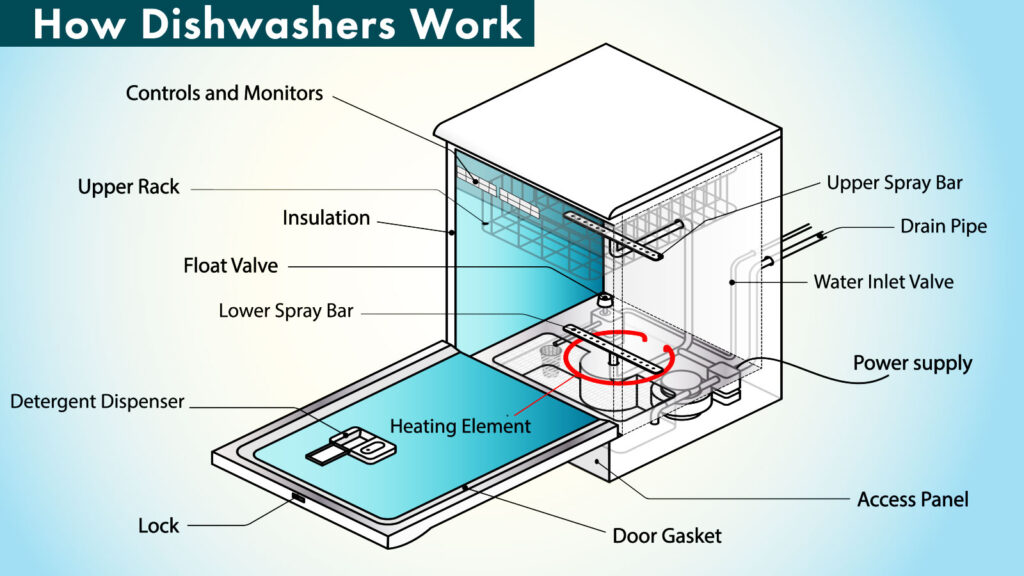
This image is property of cdn.hswstatic.com.
9. Seeking Professional Help
Knowing when to call a professional
While cleaning and maintaining the float switch can be a relatively simple task, there are instances when professional expertise may be necessary. If you encounter any complex issues, experience difficulties accessing the float switch assembly, or lack confidence in your ability to repair it safely, it’s advisable to seek professional assistance.
Hiring a reliable dishwasher repair service
When selecting a dishwasher repair service, look for reputable professionals with experience in handling dishwasher float switches. Read customer reviews, ask for recommendations, and ensure that the repair service offers a warranty or guarantee for their work.
10. Safety Precautions and Best Practices
Avoiding electrical hazards
Prioritize safety by always disconnecting the dishwasher from the power source before working on it. Avoid handling any electrical components or wiring if you are not trained in electrical work. If you come across any electrical issues during the cleaning process, consult a qualified electrician.
Proper handling of cleaning agents
When using cleaning agents such as mild dishwashing soap or vinegar, follow the instructions and take the appropriate safety precautions. Wear gloves to protect your skin, and avoid mixing different chemicals as it may produce harmful fumes. Dispose of cleaning agents and rinse water responsibly according to local regulations.
Protecting yourself from sharp edges
While working on the float switch assembly, be cautious of any sharp edges or metal parts. Use pliers or appropriate tools to handle the assembly and avoid any unnecessary injuries. If you encounter any sharp or jagged edges, file them down or cover them to prevent accidental cuts.
By following this comprehensive guide, you can ensure that your dishwasher’s float switch remains clean, well-maintained, and properly functioning. Regular inspection, cleaning, and testing will contribute to the longevity and efficiency of your dishwasher, ensuring hassle-free dishwashing cycles for years to come.